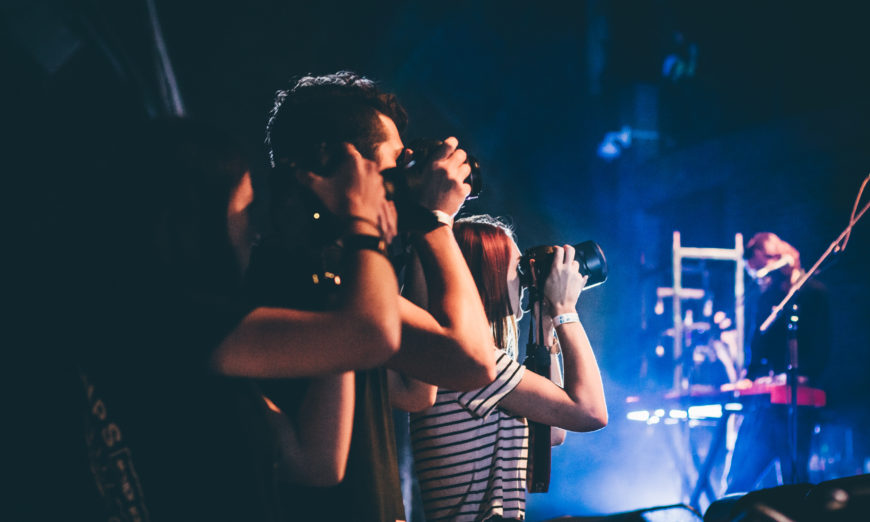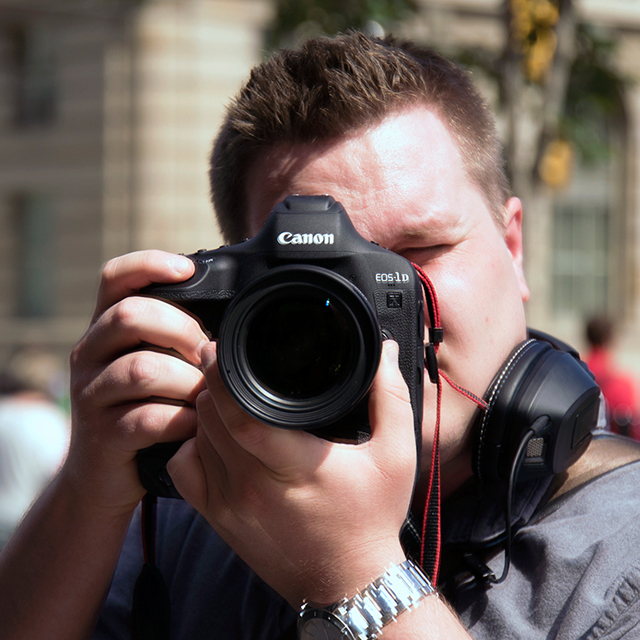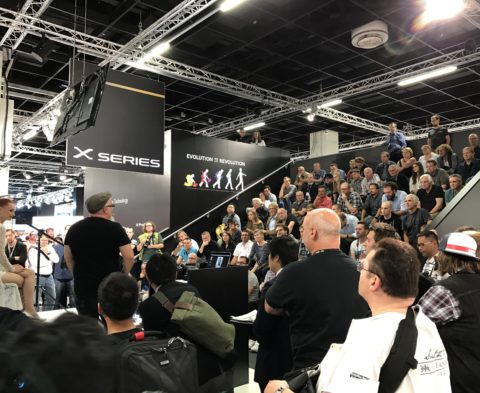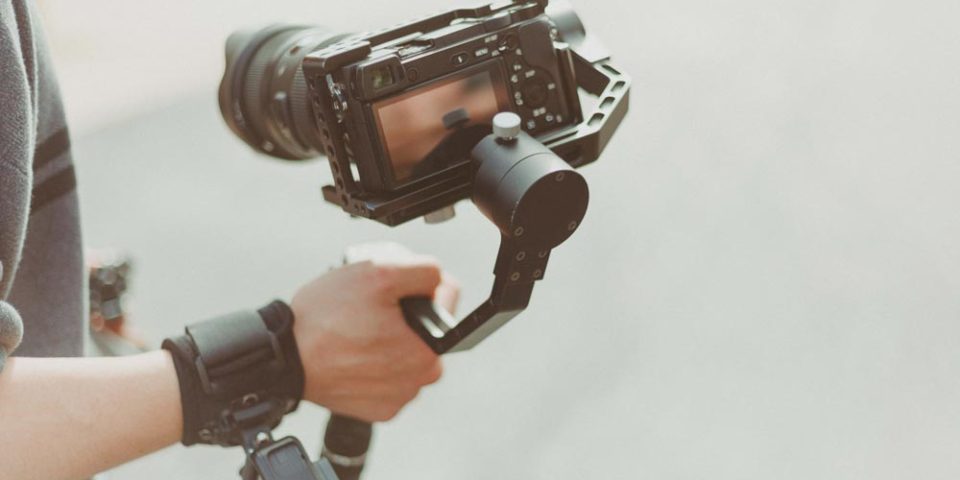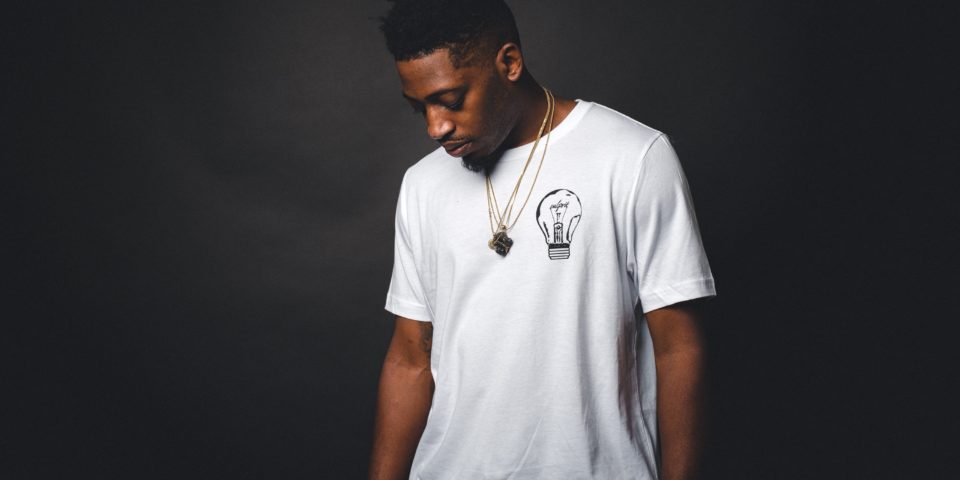It’s the end of celebrity spotting season and once again Toronto has been the place to be! A-list celebrities and big industry names from around the globe have been all over the city on the red carpet, and hordes of photographers came out to to capture it all. What gear do those photographers shoot with? What brands and lenses do they prefer?
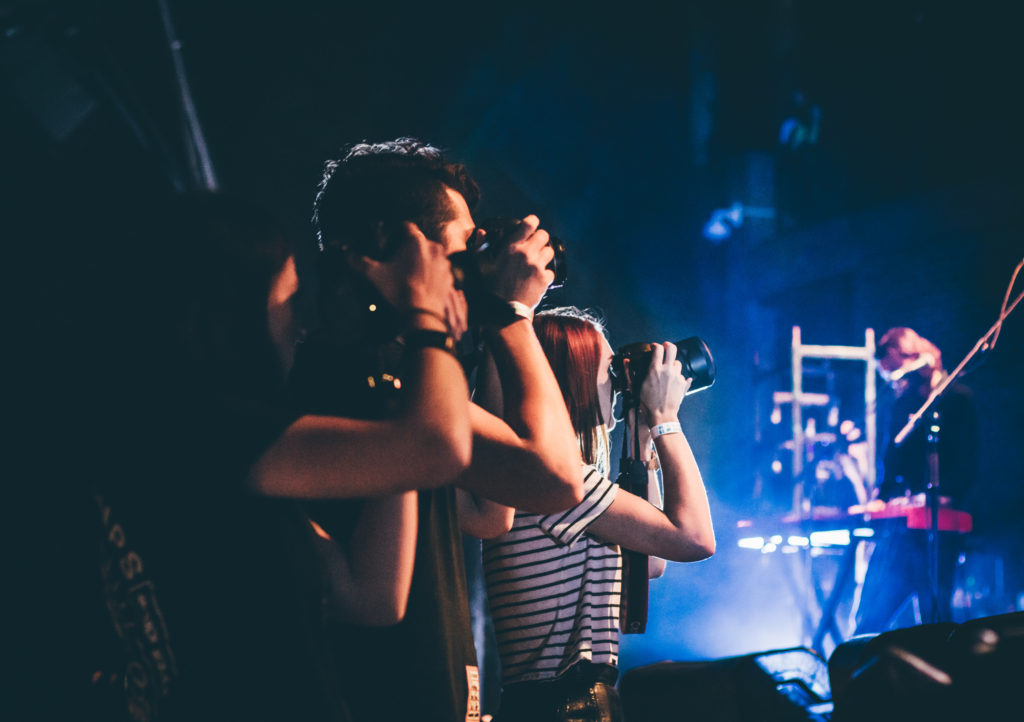
Most of the pros lean towards these camera bodies because they are fast, reliable and handle low-light situations with ease. Image quality and resolution are at the top of the class, with autofocus that can track and adjust in the blink of an eye.
The photographers at these events will often have at least one external flash unit such as the Nikon SB-5000 or Canon SPEEDLITE 600EX II-RT. These flashes have the ability to light up a subject across the red carpet, but also the ability to light up a room when bounced off the ceiling. This furthers the photographers’ ability to capture the celebrities in the best light possible.
Red carpet photographers will often use fast zoom lenses because it gives them better versatility for moving subjects, as opposed to prime lenses. Most commonly you will see the photographers using a 24-70mm f/2.8 lens often paired with a 70-200mm f/2.8 lens to cover a wide range of focal lengths, to capture the celebrities at various distances as well as to capitalize on lens compression to give the images a “slimming” effect. The wide and consistent aperture across the two lenses also means less changes to exposure from shot to shot as there is one less variable to take into account while shooting. Some photographers will, however, go for lenses such as the Canon 24-105mm f/4 or the Nikon 24-120mm f/4. Even though both of these lenses have a smaller aperture and can sometimes require a slightly slower shutter speed, they offer the photographer that extra little bit of reach to capture the celebrities at a distance more easily than the competition.
You will very rarely see photographers on the red carpet shooting with tripods or monopods as it can sometimes hinder their abilities to maneuver the camera. Though if trying to capture an image from a distance or capture a celebrity exiting a vehicle, or arriving on scene, some photographers will occasionally use larger lenses with a bit more reach and a monopod often helps in taking the weight of the heavier gear off of the neck and shoulders.
Some of this gear can be intimidating to the average consumer, fan, or hobby photographer both in terms of size and weight, but also in terms of price. This does not mean that you need to have exactly the same gear as the pros. Fortunately the manufacturers now make more affordable and consumer friendly versions of the professional gear used at events. These alternatives are often a fraction of the price and significantly easier to carry for extended periods of time.
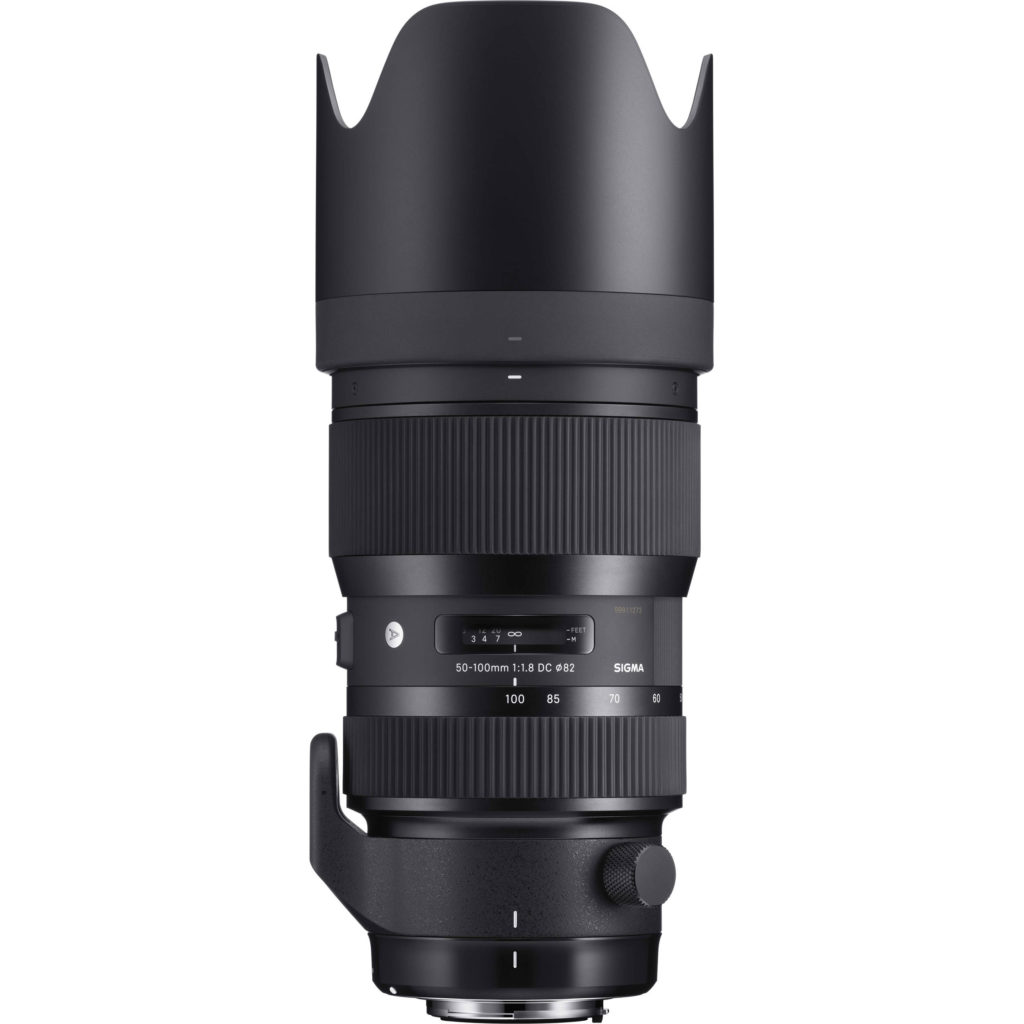
The focal length of the lens also makes it ideal for portraits. However, the lens is designed to work with crop sensor cameras. This means that if you are shooting on a Canon DSLR you are working with a 1.6x crop factor and a 1.5x crop factor on Nikon. This will give you the 35mm equivalent of 80-160mm on Canon and 75-150 on Nikon. This extra reach gives the perfect amount of reach to capture a subject across the red carpet, while keeping it lighter and more compact than the 70-200 f/2.8 lenses usually seen on full-frame cameras.
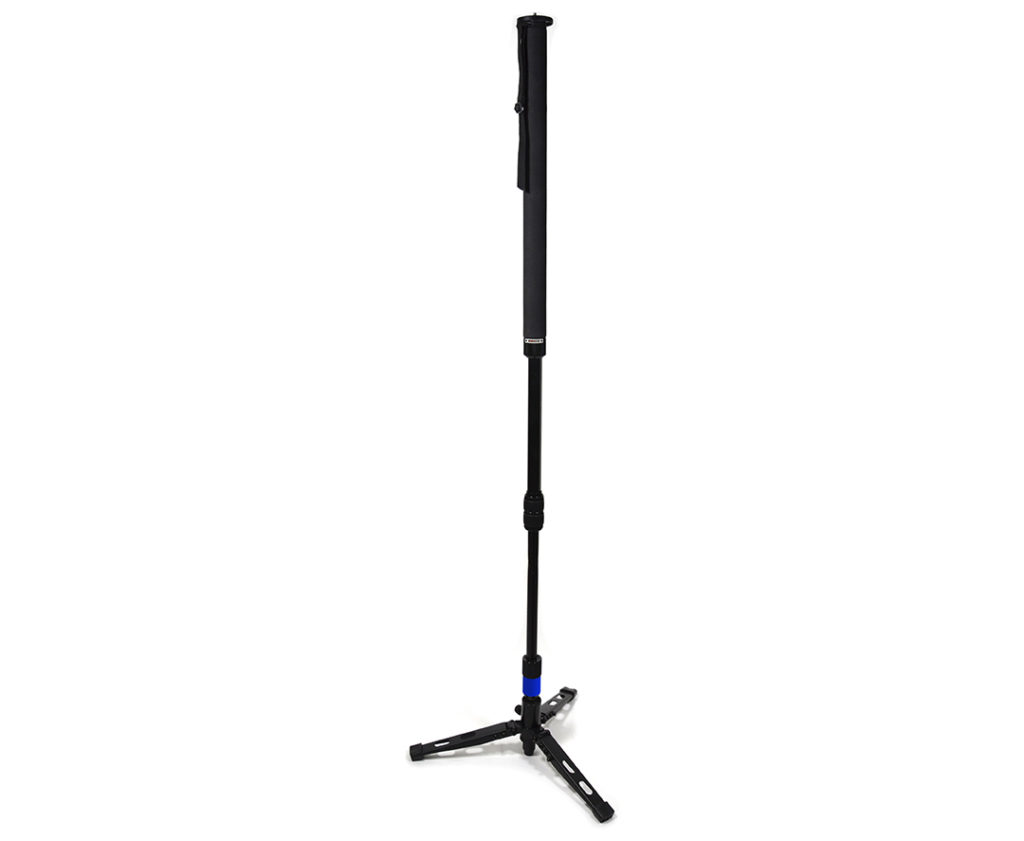
The majority of photographers will likely be shooting with the flagship cameras from major brands and with top of the line lenses. Definitely keep your eyes peeled for the Sigma glass as they have made a big splash in recent years. If you want to go try to get some shots for yourself, you cannot go wrong with the Sigma 50-100mm f/1.8 DC HSM Art lens and Savage Monopod listed in this article. The lens and monopod are a perfect combination and certainly a lot easier on the wallet than most of the full-frame gear. The image quality is excellent and you will get to enjoy all of the excitement the pros feel capturing images of the stars, without the cost, size and weight of pro gear.
Tips:
- Don’t leave home without extra memory cards. There is no worse feeling in the world than having a full card on a night that is only half over. Make sure you back up your cards frequently on a computer and/or external hard drive. Every time you put a memory card in your camera, make sure you format the card. Formatting will erase all data on the card to give you the maximum amount of available space out of the card. Bring at least 2 or 3 backup cards because you never know who or what you might see.
- Charge your batteries the night before and if you don’t have spare batteries for your camera or batteries for your flash, go buy some and charge them as well. You will likely have to change the batteries in your camera or flash at least once or twice over the course of almost any given event. Showing up with a single backup power source will only end in disappointment.
- Check your exposures and take some test shots before jumping into it. Nothing is worse than shooting a burst or series of images “thinking” your settings are adjusted properly, only to find out the camera has been underexposing or overexposing the entire time.
- Keep comfort a priority. Choose a bag that you are comfortable carrying for extended periods of time and will allow you to shoot efficiently. Also consider a different type of carry system for the camera to get the weight off your neck. Whether this it a cross-body strap or a quick release/clip system to mount on your bag, you will thank yourself at the end of the night!
If you plan to attend any festivals this season, be safe, be respectful, and happy shooting!
